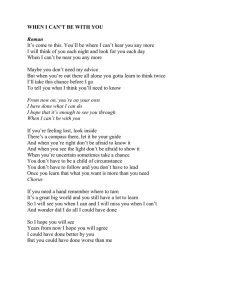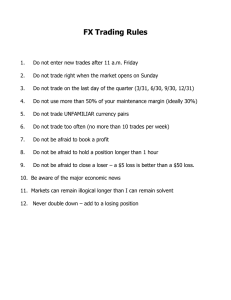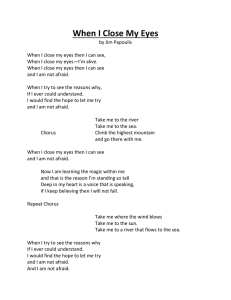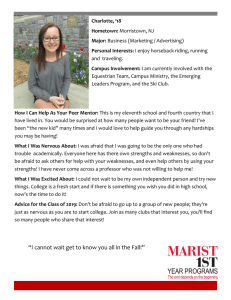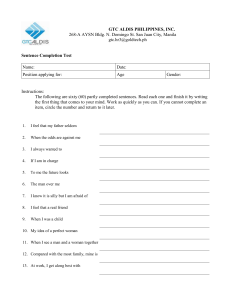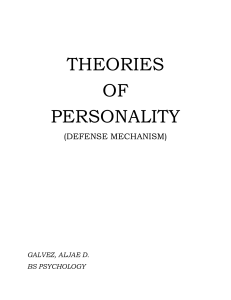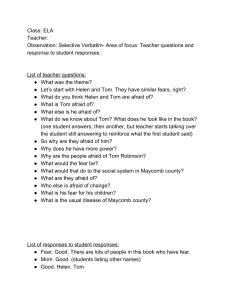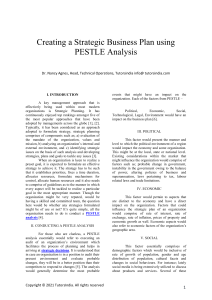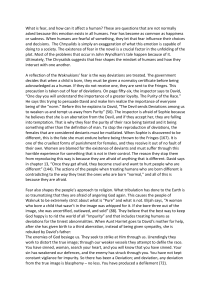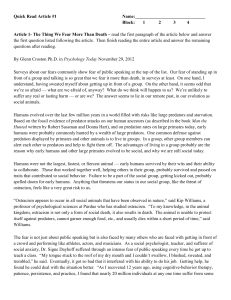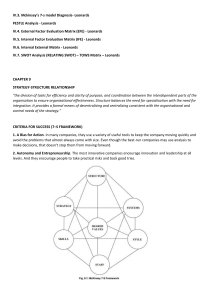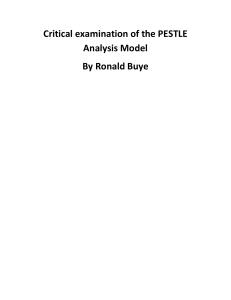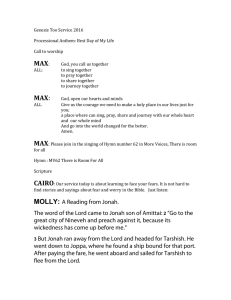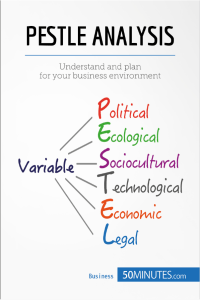How do I write a Business Report? Reports come in a variety of
advertisement
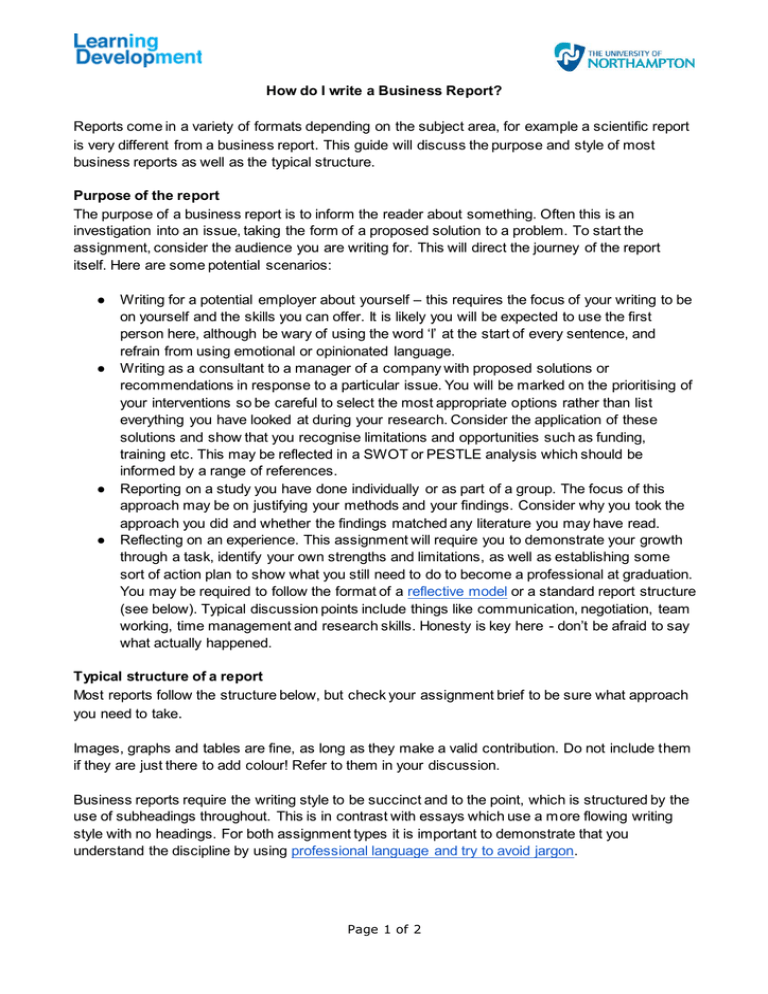
How do I write a Business Report? Reports come in a variety of formats depending on the subject area, for example a scientific report is very different from a business report. This guide will discuss the purpose and style of most business reports as well as the typical structure. Purpose of the report The purpose of a business report is to inform the reader about something. Often this is an investigation into an issue, taking the form of a proposed solution to a problem. To start the assignment, consider the audience you are writing for. This will direct the journey of the report itself. Here are some potential scenarios: ● Writing for a potential employer about yourself – this requires the focus of your writing to be on yourself and the skills you can offer. It is likely you will be expected to use the first person here, although be wary of using the word ‘I’ at the start of every sentence, and refrain from using emotional or opinionated language. ● Writing as a consultant to a manager of a company with proposed solutions or recommendations in response to a particular issue. You will be marked on the prioritising of your interventions so be careful to select the most appropriate options rather than list everything you have looked at during your research. Consider the application of these solutions and show that you recognise limitations and opportunities such as funding, training etc. This may be reflected in a SWOT or PESTLE analysis which should be informed by a range of references. ● Reporting on a study you have done individually or as part of a group. The focus of this approach may be on justifying your methods and your findings. Consider why you took the approach you did and whether the findings matched any literature you may have read. ● Reflecting on an experience. This assignment will require you to demonstrate your growth through a task, identify your own strengths and limitations, as well as establishing some sort of action plan to show what you still need to do to become a professional at graduation. You may be required to follow the format of a reflective model or a standard report structure (see below). Typical discussion points include things like communication, negotiation, team working, time management and research skills. Honesty is key here - don’t be afraid to say what actually happened. Typical structure of a report Most reports follow the structure below, but check your assignment brief to be sure what approach you need to take. Images, graphs and tables are fine, as long as they make a valid contribution. Do not include them if they are just there to add colour! Refer to them in your discussion. Business reports require the writing style to be succinct and to the point, which is structured by the use of subheadings throughout. This is in contrast with essays which use a m ore flowing writing style with no headings. For both assignment types it is important to demonstrate that you understand the discipline by using professional language and try to avoid jargon. Page 1 of 2 Abstract This is a summary of the whole report and should be the last thing you write. Table of Contents Detailing what section appears on which page number. You may need a separate list for tables and figures. Introduction Some background context to the subject matter and a quick overview of the main sections. Depending on your word count you may want to discuss what each section is about, or just list the points. Main Content, including statistical evidence where relevant This will differ depending on the focus of the report. You may have some or all of the following sections: literature/context, methods, results, discussion, recommendations Conclusion Bringing together the most important points of the report and responding to your brief. So you may offer your main recommendations, solutions or findings. References A full list of the sources you have acknowledged in your work. Make sure you reference any analytical models as well as the books and journals. Good reference lists tend to feature a range of sources, so don’t be afraid to use appropriate news stories, legal information or statistics. Page 2 of 2
